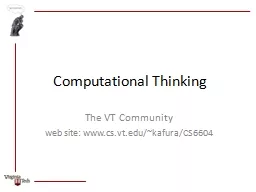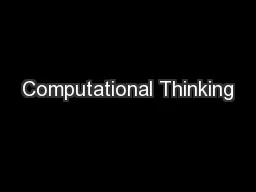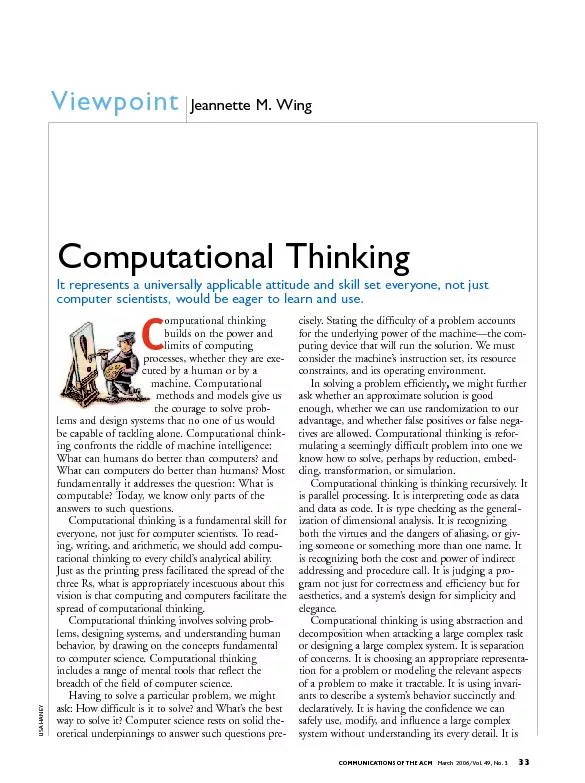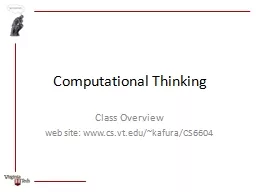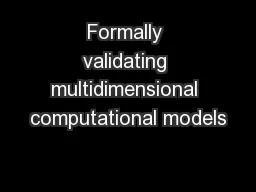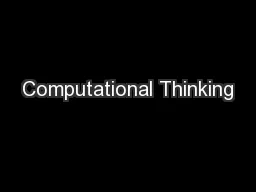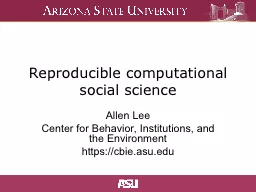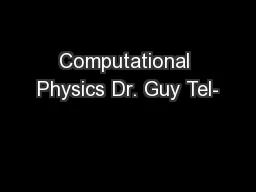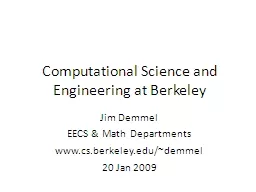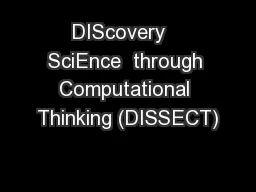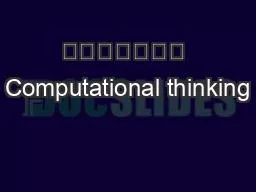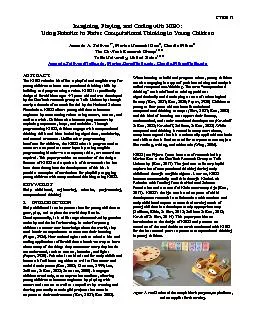PPT-Computational Thinking The VT Community
Author : phoebe-click | Published Date : 2018-01-31
web site wwwcsvtedukafuraCS6604 Todays Class Meet faculty and researchers From a variety of knowledge domains With a variety of perspectives and experiences related
Presentation Embed Code
Download Presentation
Download Presentation The PPT/PDF document "Computational Thinking The VT Community" is the property of its rightful owner. Permission is granted to download and print the materials on this website for personal, non-commercial use only, and to display it on your personal computer provided you do not modify the materials and that you retain all copyright notices contained in the materials. By downloading content from our website, you accept the terms of this agreement.
Computational Thinking The VT Community: Transcript
Download Rules Of Document
"Computational Thinking The VT Community"The content belongs to its owner. You may download and print it for personal use, without modification, and keep all copyright notices. By downloading, you agree to these terms.
Related Documents

